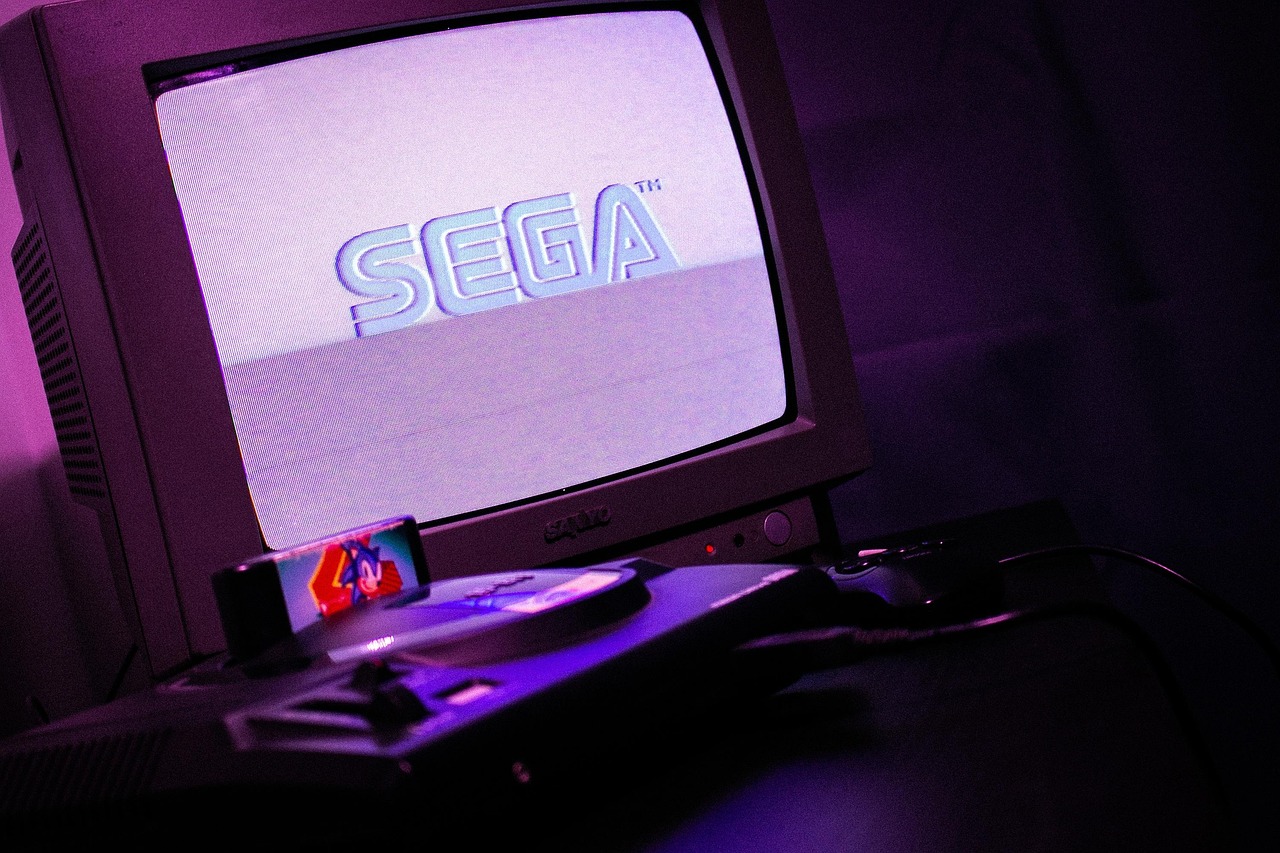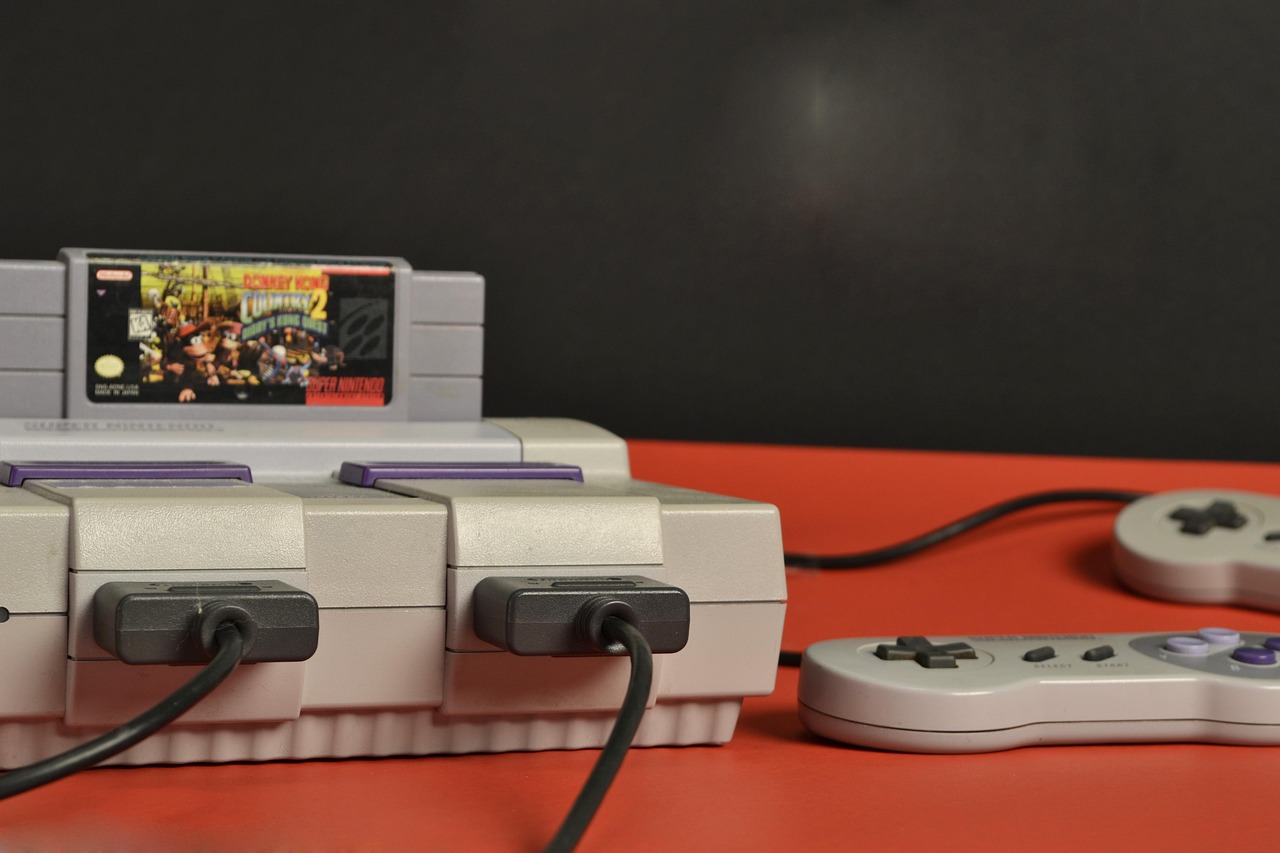The Idea
RetroEngine started from my love of CRTs and how they made games look and feel alive. In September of 2025 I got my hands on an old CRT from the late 90s, and started playing Sega Genesis and Super Nintendo consoles on it. I was blown away by the difference in output between that and previously playing those consoles on an LCD.
This lead to a deep-dive on how CRTs actually worked, studying their complex rendering pipeline. I brainstormed ideas on how to turn this into something real and on October 31st, 2025, RetroEngine was born
I didn’t want to just make a post-process filter, I wanted to actually simulate how a CRT works, from beam movement to phosphor glow to glass diffusion.
It’s a personal project that lets me dig into rendering, learn more about C++, and understand what really goes on inside a graphics pipeline. Every part of it is a chance to learn something new and bring back a piece of that analog magic.

The Goal
The long-term goal is to turn RetroEngine into a small, lightweight engine that other developers can use to make retro-style games. It won’t have the feature set of the big engines; that’s not the point. I want something more intuitive, smaller in scope, and easier to build with, focused entirely on that retro feel and visual authenticity.

Where It’s Going
Right now the the renderer is at a point where it can handle real 3D scenes through the CRT simulation. The next plan is to expand the engine layer by layer with simple tools, scene management, input, and scripting; all built around that same goal of keeping things clear and approachable.